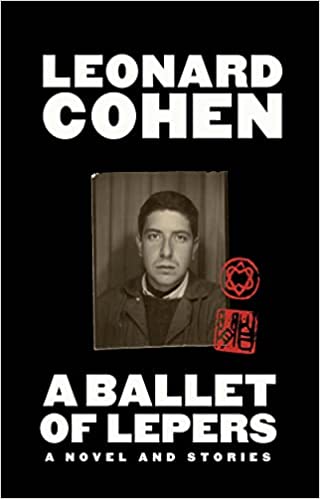Before Leonard Cohen’s worldwide fame expanded to fourteen studio albums, Grammy awards, and late-career global tours, he yearned for literary stardom. The Canadian songwriter of iconic hits like “Hallelujah,” “Suzanne,” and “Famous Blue Raincoat” first ventured into writing in his early twenties, and in A Ballet of Lepers: A Novel and Other Stories, out October 11, readers will discover that the magic that animated Cohen’s unforgettable body of work was present from the very beginning of his career.
The pieces in this collection, written between 1956 and 1961 and including short fiction, a radio play, and a stunning early novel, offer startling insights into Cohen’s imagination and creative process. Cohen explores themes that would permeate his later work, from shame and unworthiness to sexual desire in all its sacred and profane dimensions to longing, whether for love, family, freedom, or transcendence. The titular novel, A Ballet of Lepers —one he later remarked was “probably a better novel” than his celebrated book The Favourite Game— is a haunting examination of these elements in tandem, focusing on toxic relationships and the lengths one will go to maintain them, while the fifteen stories, as well as the playscript, probe the inner demons of his characters, many of whom could function as stand-ins for the author himself. Cohen’s work is meditative and surprising, offering playful, provocative, and penetrating glimpses into the world-weary lives of his characters, and a window into the early art of a storytelling master.
A Ballet of Lepers, vivid in its detail, unsparing in its gaze, reveals the great artist and visceral genius as never seen before.







